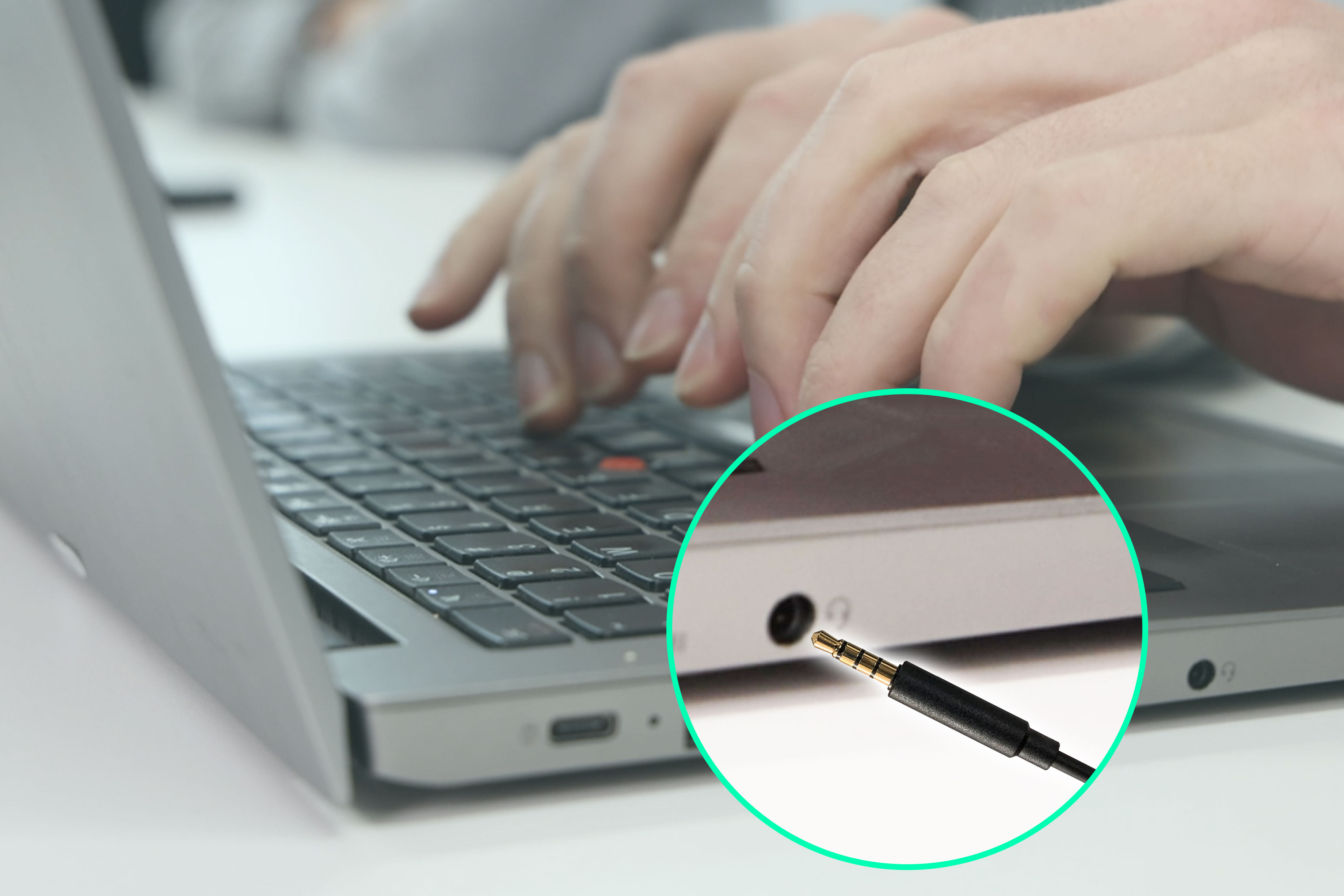In the realm of call center or communication headsets, compatibility issues between 3.5mm CTIA and OMTP connectors often lead to audio or microphone malfunctions. The key difference lies in their pin configurations:
1. Structural Differences
CTIA (Commonly used in North America):
• Pin 1: Left audio channel
• Pin 2: Right audio channel
• Pin 3: Ground
• Pin 4: Microphone
OMTP (Original standard used internationally):
• Pin 1: Left audio channel
• Pin 2: Right audio channel
• Pin 3: Microphone
• Pin 4: Ground
The reversed positions of the last two pins (Mic and Ground) cause conflicts when mismatched.
Key Differences in Wiring Standards

2. Compatibility Issues
• CTIA headset in OMTP device: Mic fails as it gets grounded—callers can’t hear the user.
• OMTP headset in CTIA device: May produce buzzing noise; some modern devices auto-switch.
In professional communication environments, understanding the differences between CTIA and OMTP 3.5mm headset standards is crucial for ensuring reliable audio performance. These two competing standards create compatibility challenges that affect call quality and microphone functionality.
Operational Impact
The reversed microphone and ground positions (Pins 3 and 4) cause several functional issues:
Microphone failure when standards are mismatched
Audio distortion or complete signal loss
Potential hardware damage in extreme cases
Practical Solutions for Businesses
Standardize all equipment to one specification (CTIA recommended for modern devices)
Implement adapter solutions for legacy systems
Train technical staff to recognize compatibility issues
Consider USB-C alternatives for new installations
Technical Considerations
Modern smartphones typically follow the CTIA standard, while some older office phone systems may still use OMTP. When purchasing new headsets:
• Verify compatibility with existing infrastructure
• Look for “CTIA/OMTP switchable” models
• Consider future-proofing with USB-C options
Best Practices
• Maintain an inventory of compatible adapters
• Label equipment with its standard type
• Test new equipment before full deployment
• Document compatibility requirements for procurement
Understanding these standards helps organizations avoid communication disruptions and maintain professional audio quality in critical business environments.
• Verify device compatibility (most Apple and Android flagships use CTIA).
• Use an adapter (costs $2–5) to convert between standards.
• Opt for headsets with auto-detection ICs (common in premium business models).
Industry Outlook
While USB-C is replacing 3.5mm in newer devices, legacy systems still face this issue. Businesses should standardize headset types to avoid communication disruptions. Proper compatibility checks ensure seamless call operations.
Post time: Jun-17-2025




